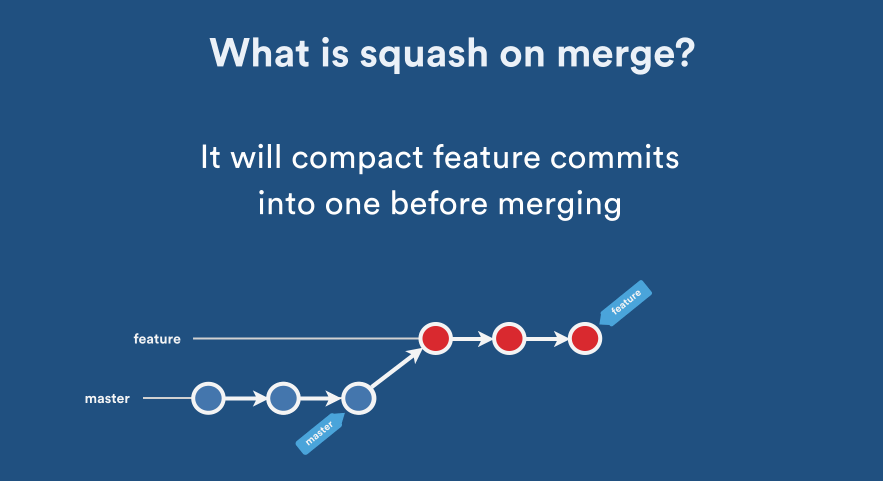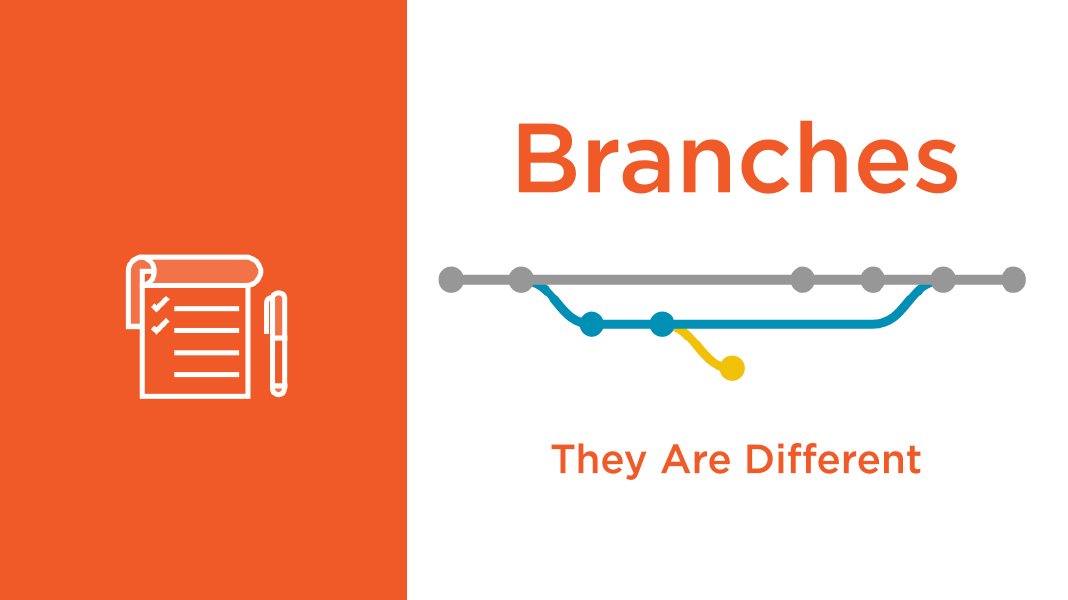

The diffstat is also controlled by the configuration option merge.stat.

With -no-log do not list one-line descriptions from the actual commits being merged. In addition to branch names, populate the log message with one-line descriptions from the actual commits that are being merged. With -no-ff Generate a merge commit even if the merge resolved as a fast-forward. This is the default behavior of git-merge.
#Git rebase fast forward update
With -no-commit perform the merge but pretend the merge failed and do not autocommit, to give the user a chance to inspect and further tweak the mergeĭo not generate a merge commit if the merge resolved as a fast-forward, only update the branch pointer. This option can be used to override -no-commit. Warning: Running git merge with uncommitted changes is discouraged: while possible, it leaves you in a state that is hard to back out of in Do not use it from the command line or in new scripts. Master, and record the result in a new commit along with the names of the two parent commits and a log message from the user describing the changes.ĭ-E-F-G-H master The second syntax ( HEAD. This command is usedīy git pull to incorporate changes from another repository and can be used by hand to merge changes from one branch into another.Īssume the following history exists and the current branch is "master":ĭ-E-F-G master Then "git merge topic" will replay the changes made on the topic branch since it diverged from master (i.e., E) until its current commit (C) on top of Incorporates changes from the named commits (since the time their histories diverged from the current branch) into the current branch.

If you want to know the details or have an old git version, follow the literature pointers above.Git-merge - Join two or more development histories together If you want to combine local commits before pushing them upstream, for example, because you discovered a typo or bug after a commit, you can do this interactively: To avoid typing -rebase whenever you pull you can config git to use it as default: Published commits are, however, usually merged, for example when branches are merged. As nobody knows your commits yet, nobody will be confused when they are rebased but the additional commit of a merge would be unnecessarily confusing. It is best practice to always rebase your local commits when you pull before pushing them. This results in a merge commit that points to the latest local commit and the latest remote commit. If you pull remote changes with the flag -merge, which is also the default, then your local changes are merged with the remote changes. If you pull remote changes with the flag -rebase, then your local changes are reapplied on top of the remote changes.
#Git rebase fast forward pro
If you want to understand the details of rebasing and merging for changes and branches, then syou should read a blogpost by Mislav Marohnić and the chapter on rebasing and merging from the Pro Git book.
#Git rebase fast forward how to
There is another wikipage on how to rebase or merge a branch. This page briefly explains the difference between rebasing and merging in git while pulling.īoth techniques are used to combine your local unpublished changes with the published remote changes.


 0 kommentar(er)
0 kommentar(er)
